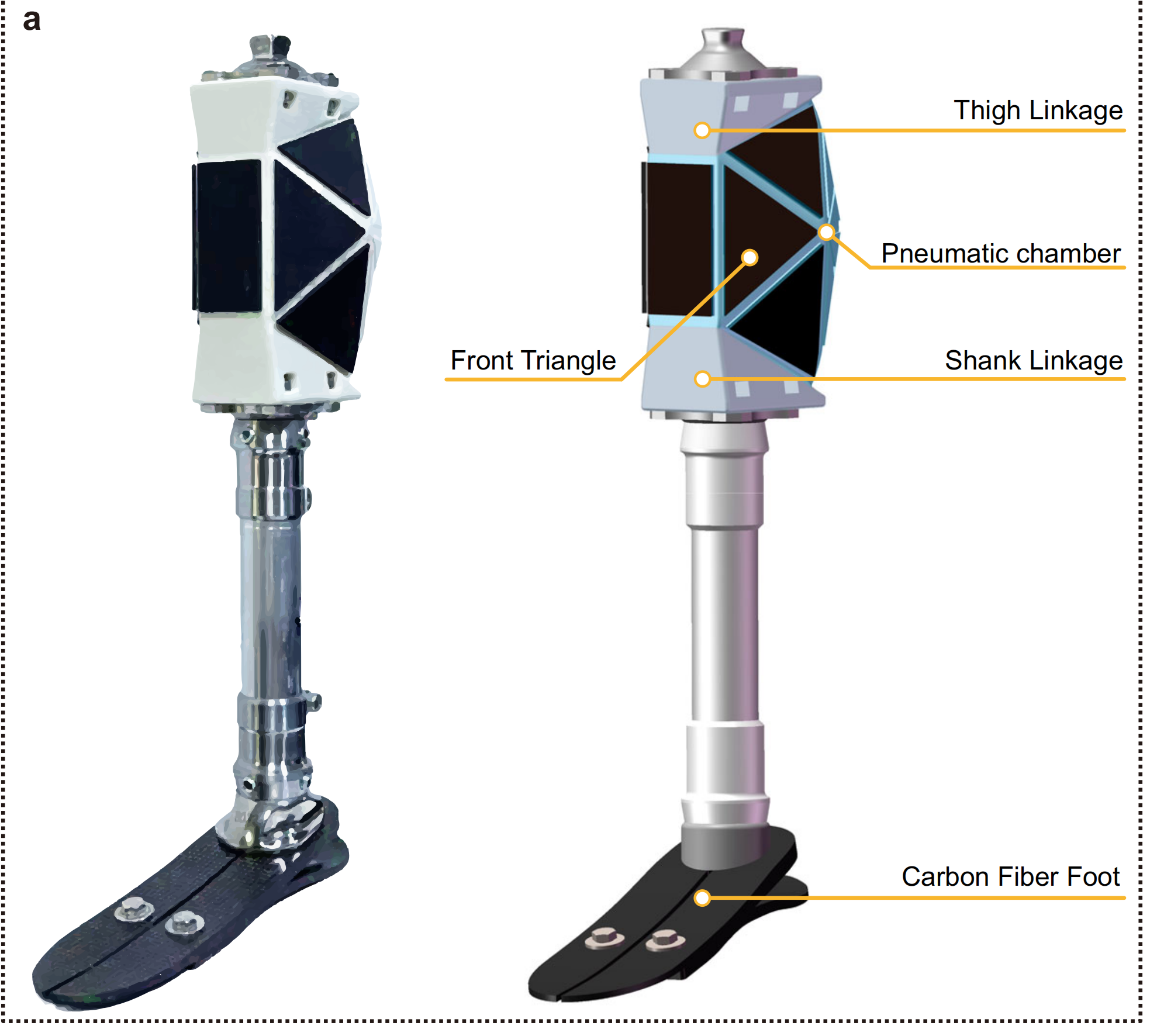Episode 3: Data Pulse with AI

Data is a significant driving force for AI development. How can we fully unleash data's potential and make AI utilize it?
In a panel discussion, "Tech with Heart, AI for Good," organized by Science and Technology Daily, He Guangxi, director at the Institute of International Science and Technology Relations, Chinese Academy of Science and Technology for Development, and Professor Gao Shaolin from Peking University Law and AI Research Center, shared their insights on AI and its association with new quality productive forces, big data and data regulation.
AI drives new quality productive forces
The conversation, hosted by Wu Baojun from the University of Chinese Academy of Sciences, kicked off with the exploration of the buzzword — new quality productive forces. He said that it is a driving force rooted in sci-tech innovation, playing a crucial role in promoting higher-level and higher-quality development of the social economy.
Gao explained the buzzword from the perspective of the three elements of productivity: the workers, the tools of labor, and the object of labor. Taking new quality productive forces into consideration, the workers are not the traditional ones engaged in hard manual labor but those who have mastered the latest science and technology. The labor tools are empowered by new generation information technology and AI technology, and the object of labor is also empowered with science and technology.
In this way, new quality productive forces are transforming traditional productive forces with new technologies, and AI is a key factor in this transformation, Gao said.
He added that AI is a significant part of sci-tech innovation and a likely area for breakthroughs. Meanwhile, other elements like new materials and new energy may also drive the development of new quality productive forces.
Data as cornerstone of AI development
The development of AI is driven by a so-called troika of computing power, algorithms and data.
He made a comparison to explain their importance. Computing power is the fuel, like oil or coal that provides energy, while algorithm is the production technology or method. "Then data is the raw material in the manufacturing industry," He said. "Without raw materials, you can't create new things."
Gao said the concept of data has evolved from simple numbers to the underlying carrier of information in the digital age thanks to the advancement of technology. Since humans entered the digital age, all information is recorded and predicted in the form of 0 and 1 by electronic computers.
"So now, when we talk about data, we must make an appropriate distinction between data and information," Gao said.
Gao referred to the assisted driving system (ADS) to explain the significance of big data. The ADS requires a vast amount of data, including vehicle operation data, road traffic safety law data, meteorological data and environmental data. "Without data, no matter how good the algorithm is, there won't be an ADS," Gao said.
Proactive data policies to drive AI
However, the development of AI and the use of data face many challenges. AI's huge appetite for data may lead to a shortage of real-world data by 2028, and the exploration of synthetic data raises concerns about data quality, He said. Synthetic data might eventually lead to a self-reinforcing loop or self-pollution of data.
Additionally, there are other pressing issues such as the unavailability of industry data, and data from government departments and public sectors, as well as data security and data sovereignty.
Gao described how China has been proactive in formulating policies to address these issues. For example, the National People's Congress enacted the Data Security Law, which emphasizes the hierarchical and classified management of data. The law states that data should be classified into different categories, including governmental data, business data and personal data. From a security perspective, data is divided into risk-free, low-risk and high-risk categories. The law stipulates different protection requirements for each category.
The State Council of China issued the Twenty Data Measures to promote the development of data elements, clarifying three rights related to data ownership: the ownership of data resources, the right to process and use data and the right to operate data products.
The Ministry of Finance also issued a new regulation allowing data to be recognized as an asset and be recorded in companies' balance sheets. "This has greatly stimulated the enthusiasm of businesses to process and use data to create data products," Gao said. Moreover, two new documents have been released to promote cross-border data flow. They are the Regulations on Promoting and Regulating the Cross-border Data Flow, and Regulation on Promoting Data Trading.
Seeking balance between data privacy and AI development
The right to privacy and privacy concepts differ not only between different countries but also across different cultures. He said that in recent years, the development of AI and digital technologies has led to a massive increase in collecting data. Therefore, more people are concerned about this issue.
China has made significant progress in striking a balance between personal privacy protection and AI innovation. Besides the Civil Code, the Personal Information Protection Law was enacted to define the scope of personal information.
To better protect personal privacy, Gao proposed establishing a trust system. This means entrusting personal information to a professional institution that has the capability to process it. Any access to the personal data must be approved by this institution, and the institution, trusted by many people, can negotiate contracts with APP developers.
Only through a combination of technology and human effort can personal information be effectively protected. If this method works, it would create an effective path for protecting personal information, Gao said.
Both experts emphasized the importance of AI's role in the development of new quality productive forces and the need to balance data utilization and privacy protection. They also expressed confidence in China's ability to navigate the challenges and lead in the new wave of technological revolution.







